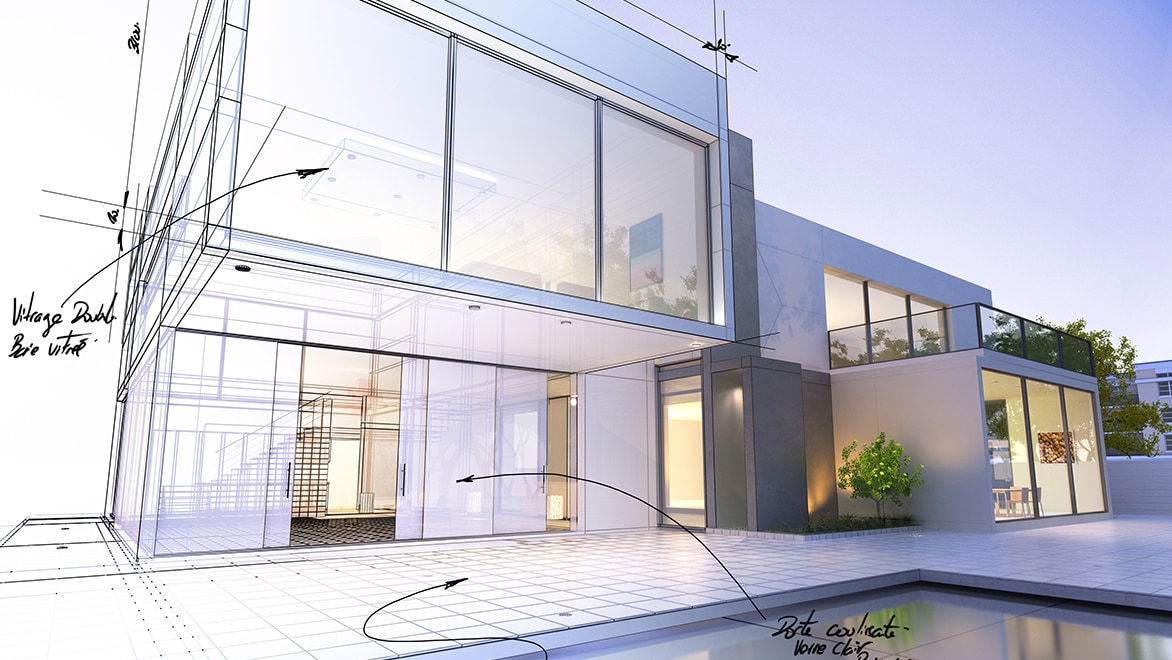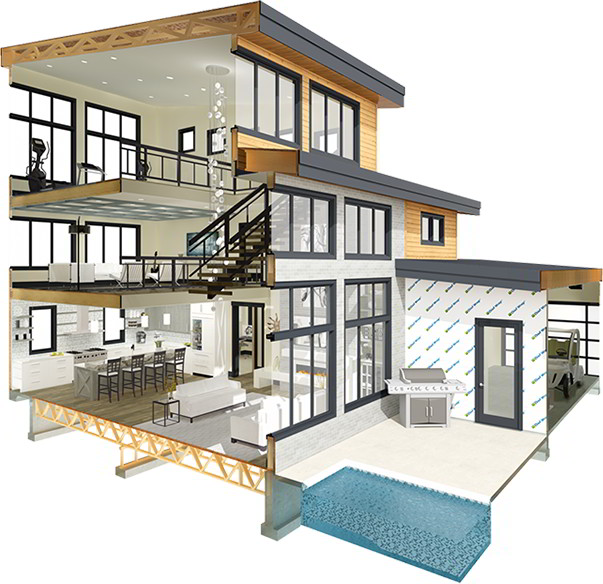The Creative Refine Behind Effective Projects from CDA Architects
The Creative Refine Behind Effective Projects from CDA Architects
Blog Article
The Influence of Technical Innovations on the Style Practices of Contemporary Architects
The rapid advancement of technical devices has actually significantly reshaped the design landscape for modern designers, promoting unprecedented levels of advancement and sustainability. Checking out these characteristics reveals a nuanced interaction in between modern technology and traditional style methods, triggering a more detailed examination of what the future holds for building techniques.
Evolution of Architectural Equipment
Exactly how have building devices transformed the layout and building procedures over the centuries? The advancement of architectural devices has dramatically affected the effectiveness, precision, and imagination of layout and construction. In ancient times, designers depend on primary tools such as plumb bobs, measuring rods, and fundamental geometry to develop frameworks. These devices laid the foundation for very early architectural method, permitting the building of famous structures, albeit with constraints in precision and complexity.
With the development of the Renaissance, the intro of the compass and the protractor marked a critical shift. These devices enabled engineers to attain better precision in their layouts, helping with the appearance of even more complex and in proportion buildings. The Industrial Revolution further reinvented building exercise with the intro of mechanical devices and products, enabling bigger and extra ambitious tasks.
In the 20th century, the development of computer-aided layout (CAD) software application transformed the landscape once more, providing designers with unmatched abilities in modeling and visualization. Today, progressed devices such as Building Information Modeling (BIM) and parametric design software program continue to press the limits of architectural innovation, enabling a much more incorporated method to style and building processes.
Enhanced Collaboration in Style
As modern technology continues to progress, enhanced collaboration in layout has actually become a keystone of modern-day architectural method. The assimilation of electronic tools such as Structure Info Modeling (BIM), cloud-based systems, and progressed visualization software has changed the way engineers, designers, and stakeholders engage throughout the design procedure. These devices help with real-time communication, allowing teams to share concepts, alterations, and comments immediately, no matter geographical area.

Furthermore, interdisciplinary partnership has been streamlined with these technical developments, making it possible for architects to work extra very closely with various other specialists, such as metropolitan coordinators and environmental consultants. The result is a much more cohesive method to make that thinks about different point of views and knowledge. Inevitably, enhanced cooperation in layout is not simply a fad; it is important for creating innovative, functional, and aesthetically pleasing design in an increasingly complex world.
Sustainability Via Modern Technology
Sustainability in style has actually significantly become intertwined with technical innovation, driving the market towards ecologically liable practices - cda architects. Contemporary designers are leveraging advanced technologies to lessen environmental effect while enhancing the performance of buildings. One prominent example is the use of Building Info Modeling (BIM), which permits specific planning useful reference and resource allowance, minimizing waste during building and promoting power effectiveness throughout a building's lifecycle
In addition, wise products and energy-efficient systems are being incorporated into styles to maximize resource usage. Technologies such as photovoltaic cells and green roofing systems harness renewable energy sources, adding to decreased carbon impacts. In addition, the application of expert system in layout processes makes it possible for designers to mimic and assess energy usage, directing choices towards more sustainable end results.
The integration of sustainable innovations not only aligns with international ecological objectives but likewise fulfills a boosting need from consumers for green services. As designers embrace these innovations, the emphasis changes towards producing spaces that are not only cosmetically pleasing however additionally functionally lasting, thereby redefining the criteria of contemporary style. By doing this, technology acts as a stimulant for sustainability, making it possible for engineers to design buildings that respect and improve the natural surroundings.
Obstacles in Application
While technical advancements in architecture hold fantastic promise for enhancing sustainability, their implementation frequently runs into significant obstacles - cda architects. One key challenge is the steep understanding curve associated with brand-new technologies. Designers and construction experts may need extensive training to successfully make use of advanced software application and devices, which can delay job timelines and increase costs
In addition, the combination of emerging innovations, such as Structure Details Modeling (BIM) and sustainable materials, commonly requires collaboration throughout multidisciplinary groups. This partnership can be prevented by distinctions in experience, operations, and interaction designs, leading to potential problems and ineffectiveness.
Financial restrictions further complicate the adoption of ingenious innovations. Numerous architectural companies, specifically smaller sized ones, might lack the sources to spend in cutting-edge devices, limiting their capability to take on bigger companies that can afford such investments.
In addition, regulatory structures and building regulations may not maintain speed with technical innovations, creating ambiguity and potential conformity issues. This challenge can prevent architects from fully embracing new innovations, as the danger of non-compliance might exceed the advantages. Therefore, addressing these implementation challenges additional resources is important for the effective assimilation of technical developments in modern architectural practices.
Future Patterns in Style
The challenges connected with the application of new innovations in architecture have prompted a reevaluation of future trends within the market. As engineers browse problems such as sustainability, urbanization, and social equity, they are significantly taking on cutting-edge innovations to improve style performance and environmental efficiency.
One noticeable pattern is the integration of expert system (AI) in the style process. AI devices can analyze huge datasets to educate style choices, improving both creativity and performance. Likewise, Structure Info Modeling (BIM) proceeds to progress, enabling real-time cooperation among stakeholders and helping with streamlined task management.
Sustainable style techniques are additionally obtaining momentum, with architects concentrating on flexible reuse and regenerative style principles that minimize resource intake and waste. The unification of wise materials and sustainable energy sources will even more boost the durability of structures in the face of climate modification.

Conclusion
Technological improvements have actually substantially reshaped building design practices, promoting improved precision, collaboration, and sustainability. The integration of tools such as Structure Info Modeling and parametric design software, together with fabricated knowledge and wise products, encourages engineers to resolve intricate obstacles better. While application may provide specific barriers, the continued development of these technologies guarantees to drive advancement in style. Future fads will likely even my link more emphasize sustainability and effectiveness, eventually redefining the built setting.
Report this page